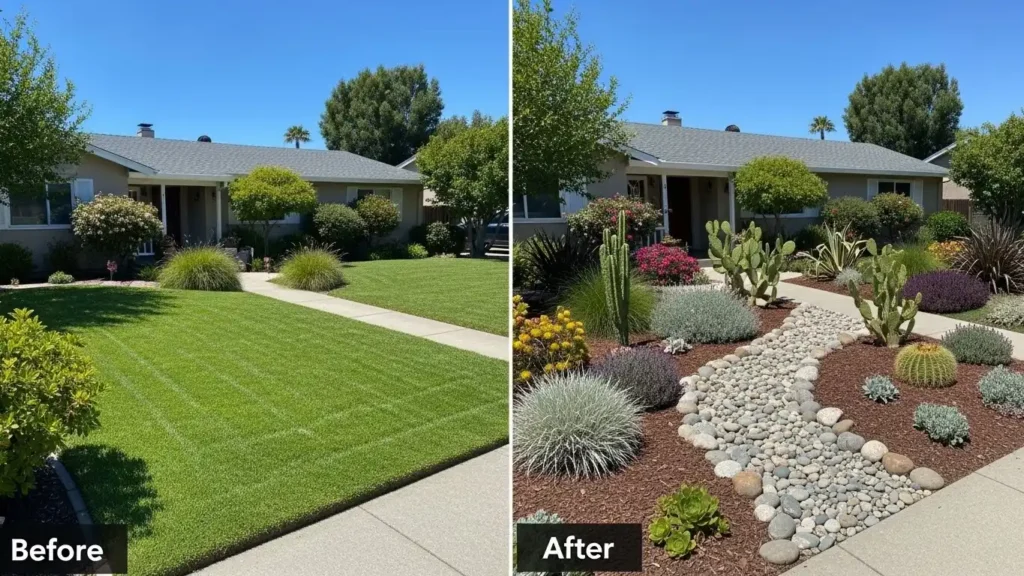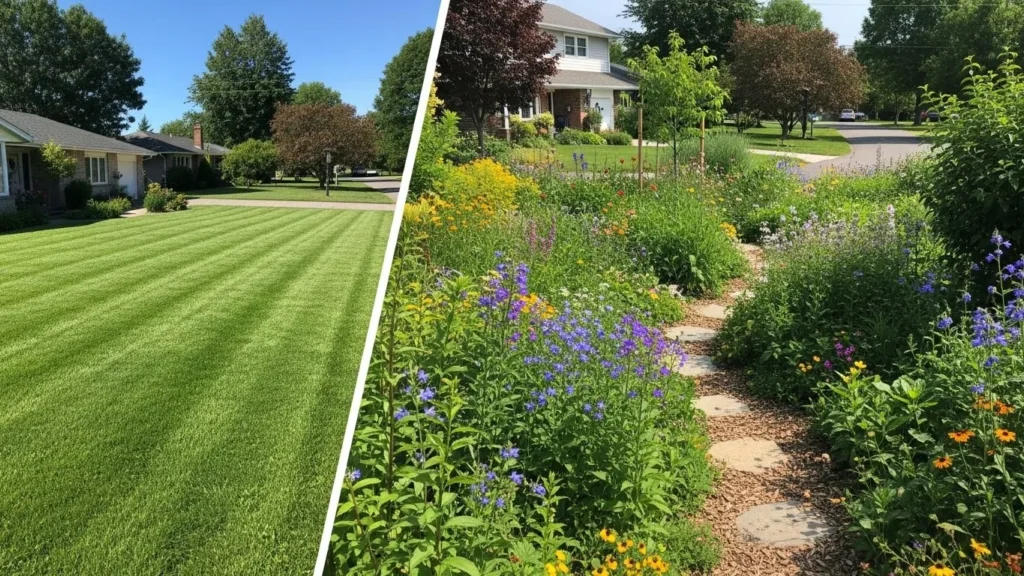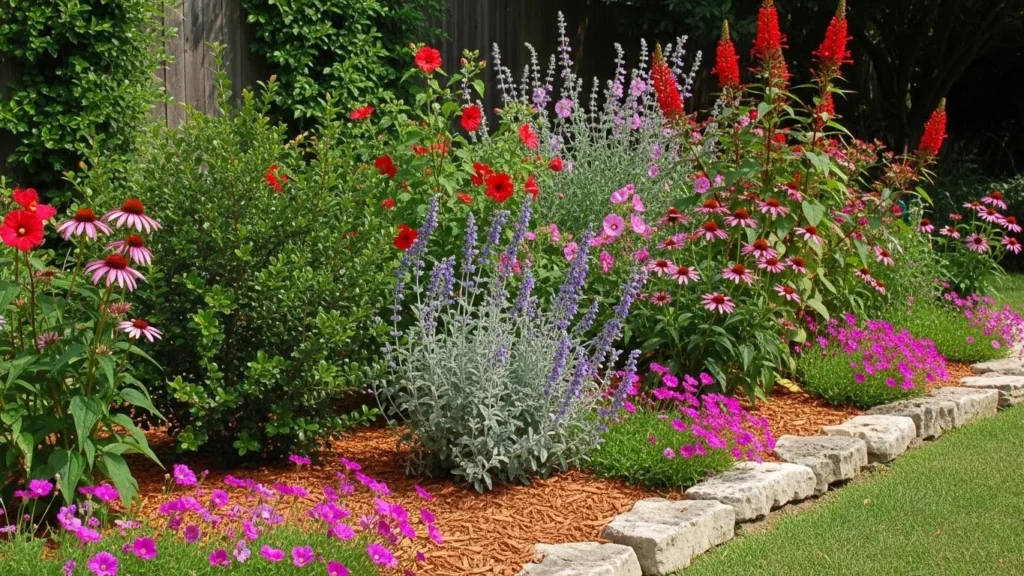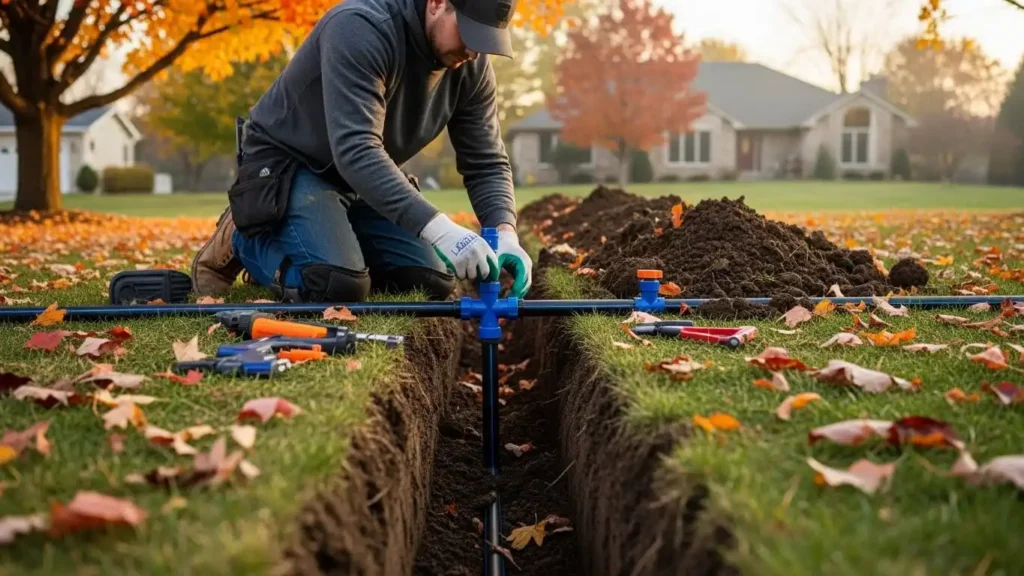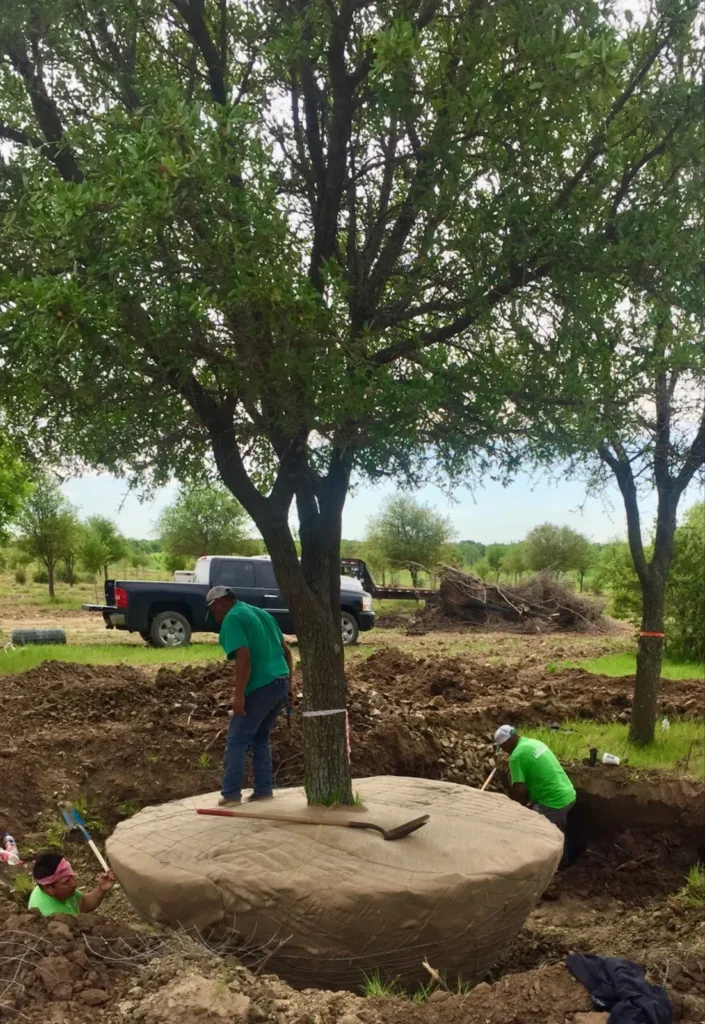Table of Contents
ToggleIntroduction — why winter drainage matters
Winter increases the risk of yard flooding: heavy fall storms, freeze-thaw cycles, and saturated ground all reduce infiltration and increase runoff. Water that sits next to foundations, pools in low spots, or runs across walkways will cause plant stress, erosion, and even basement seepage. Acting in fall — before the ground freezes — gives you the best chance to correct problems affordably and prevent larger spring repairs or landscape damage.
Quick inspection: find the trouble spots
Start with a walkaround after a heavy rain. Mark or photograph:
- Areas where water pools (near the house, shed, garage, or low parts of the lawn).
- Places where runoff concentrates (roof corners, driveway edges, downspout outlets).
- Low or compacted turf patches that never dry.
- Erosion, exposed roots, or washed mulch.
- Any basement dampness, continuous sump activity, or water stains on foundation walls.
Prioritize fixes that protect structures and high-value plantings — those deliver the most immediate return on effort.
Easy weekend fixes to prevent yard flooding
Clean gutters and downspouts
Clogged gutters are a leading cause of foundation and yard problems. Remove leaves and debris, flush with a hose, and repair any sagging sections so water flows toward downspouts. A functioning gutter system keeps roof runoff from oversaturating soil at the foundation line.
Extend downspouts & use splash blocks
Attach extenders or flexible corrugated pipe to carry roof runoff at least 6–10 feet from the house. Where extenders aren’t feasible, install splash blocks to reduce erosion. Aim discharge toward a lawn slope, swale, or rain garden — somewhere the water can safely soak in, not against a wall or walkway.
Fill low spots & improve soil
Fix small depressions using a mix of topsoil and compost; compact lightly to create a gentle slope for runoff. For heavy clay soils, incorporate organic matter to improve infiltration. Important: never pile soil against foundation walls — always slope away from structures.
Install before freezing: long-term drainage solutions
Regrading & swales
Regrading reshapes the yard to create a continuous slope away from buildings. A 1–2% slope (approximately 1–2 feet of drop over 100 feet) is often enough to move water without causing erosion. Swales — shallow, vegetated channels — collect and convey sheet flow to a safe discharge or infiltration area.
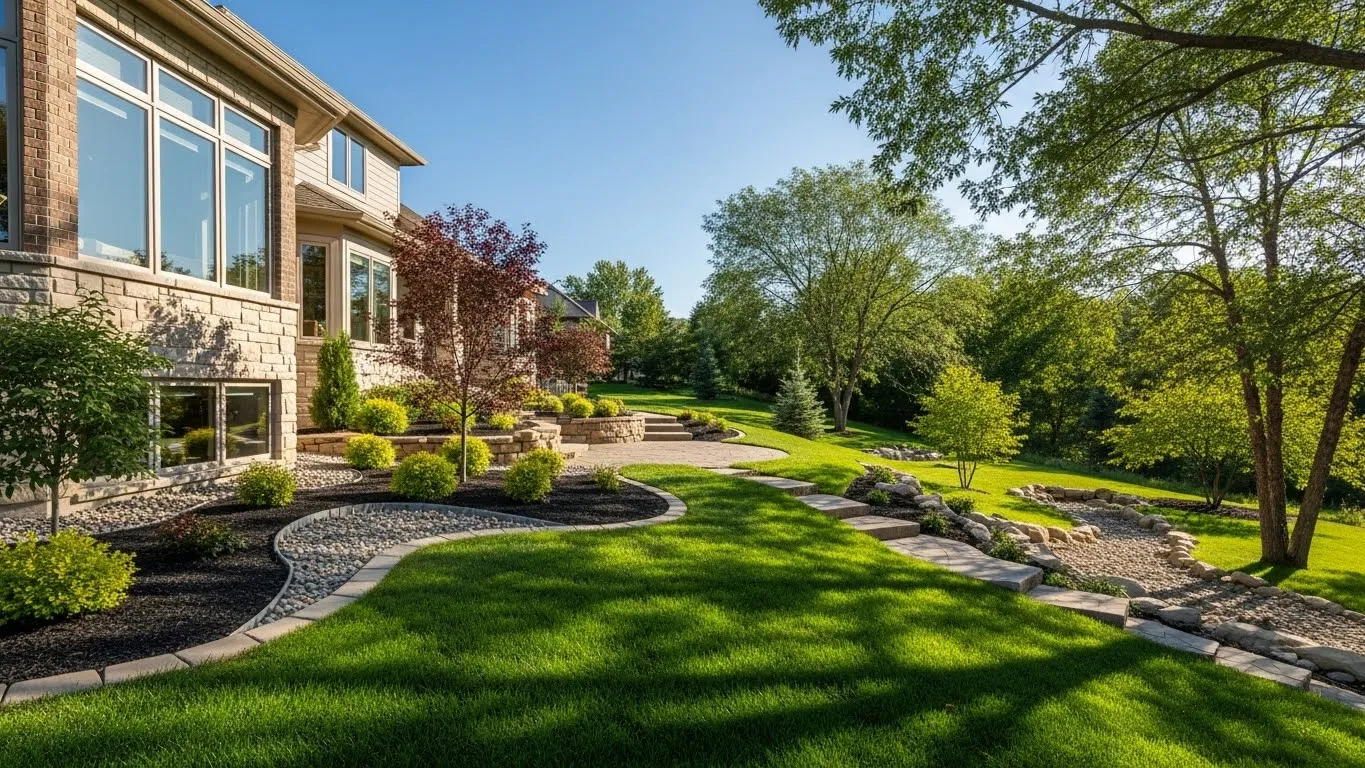
French drains & buried drainage lines
A French drain is a trench with a perforated pipe set in gravel, wrapped in fabric. It intercepts subsurface water and transports it away. Typical installation: dig trench → line with landscape fabric → add gravel → place perforated pipe (holes down) → cover with gravel and fold fabric → backfill and restore surface. French drains are ideal behind foundations, under wet retaining walls, or where groundwater surfaces.
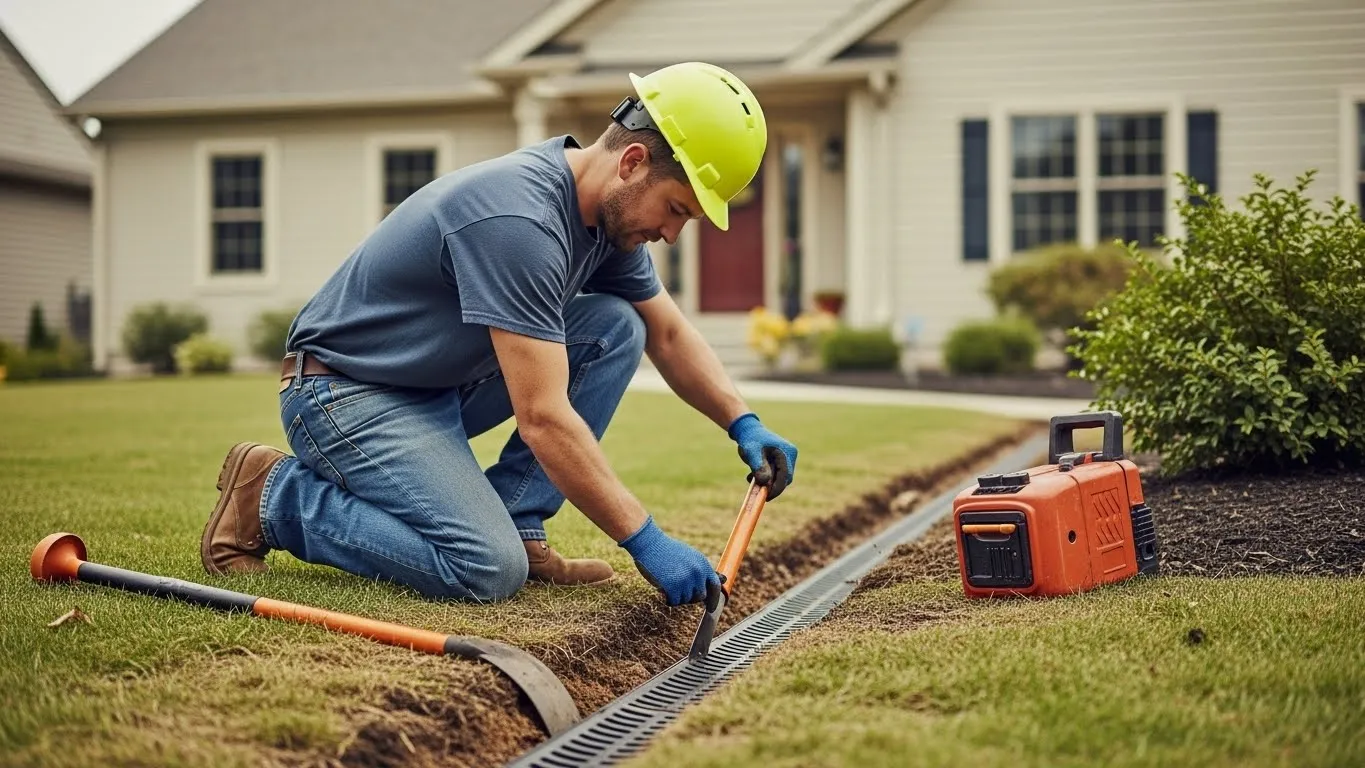
Dry creek beds, rain gardens & xeriscape
Dry creek beds and rock-lined channels provide an attractive route for heavy flows. Rain gardens — shallow basins planted with moisture-tolerant natives — capture runoff and encourage infiltration. Replacing problem turf with xeriscape (mulch, rock, and native plants) reduces compaction and improves the soil’s ability to absorb water.
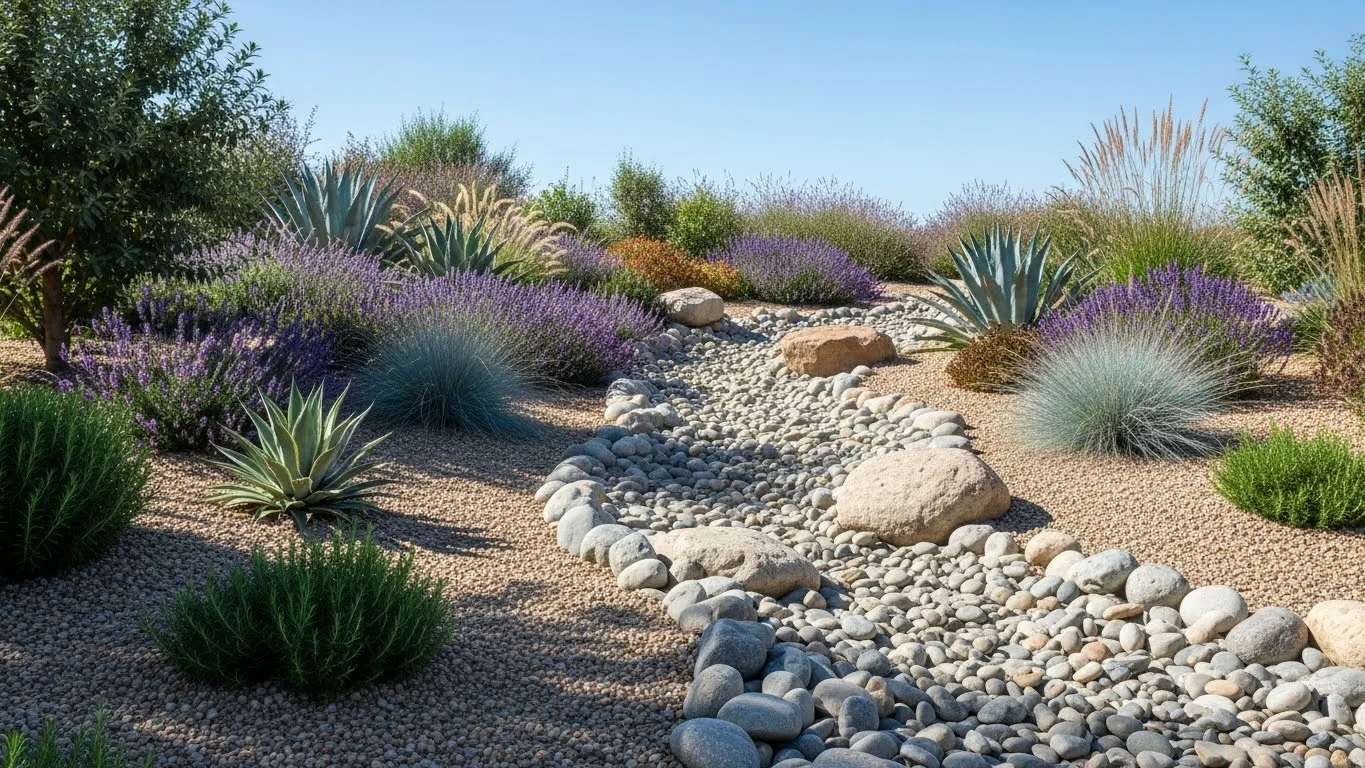
Permeable pavers & gravel trenches
Permeable pavers and gravel trenches let water infiltrate instead of running off. Use these on patios, driveways, and walk edges to lower runoff volume and distribute water into the soil.
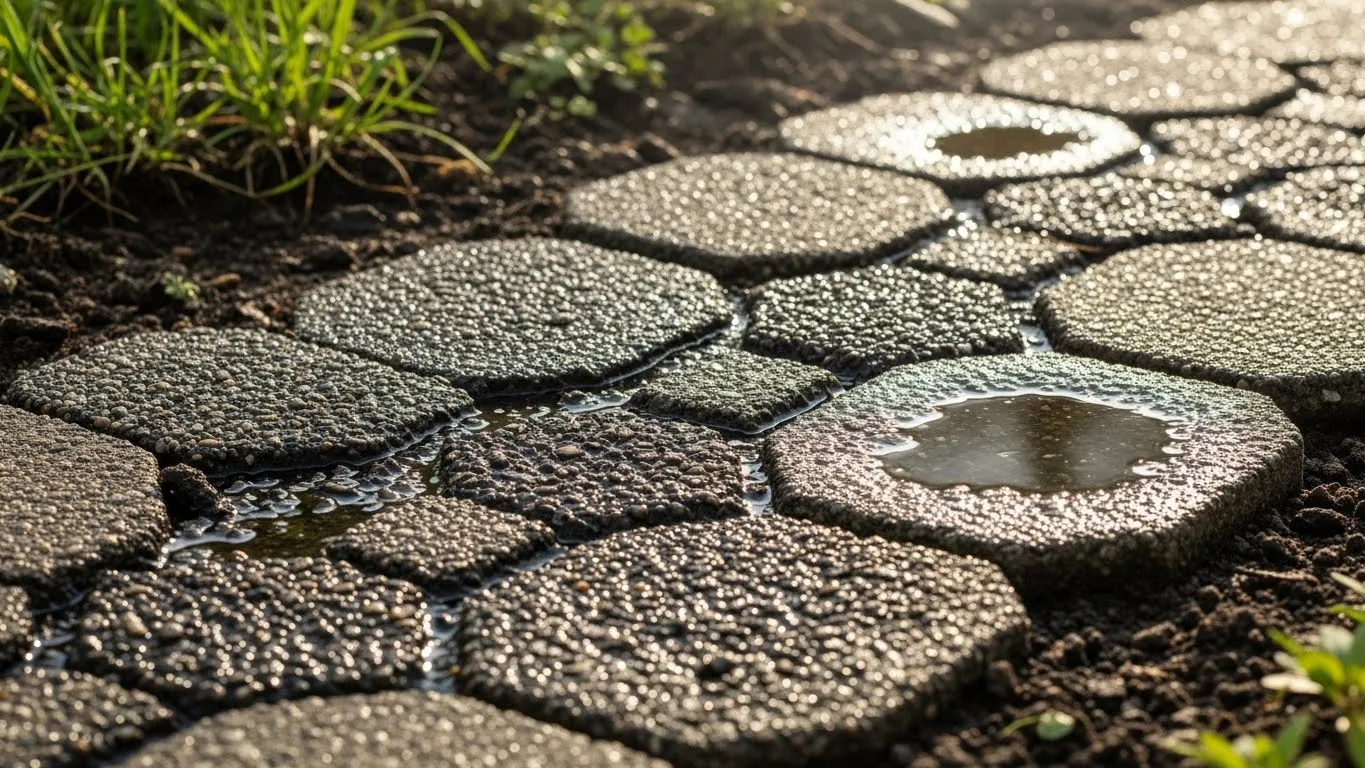
Protect plantings, outbuildings & hardscapes
Raise planting crowns and keep mulch 2–3 inches below tree trunks to avoid prolonged saturation. For sheds and outbuildings, elevate footings and ensure grades slope away from doors and walls. On patios and walkways, confirm that slopes divert water rather than trap it.
Maintenance checklist (pre-winter)
- ✅ Clear and flush gutters & downspouts.
- ✅ Extend downspouts ≥6–10 ft from foundations.
- ✅ Repair low turf spots with topsoil + compost.
- ✅ Test sump pumps and battery backups.
- ✅ Clear debris from swales, dry creek beds and curb inlets.
- ✅ Inspect retaining walls and repair signs of seepage or erosion.
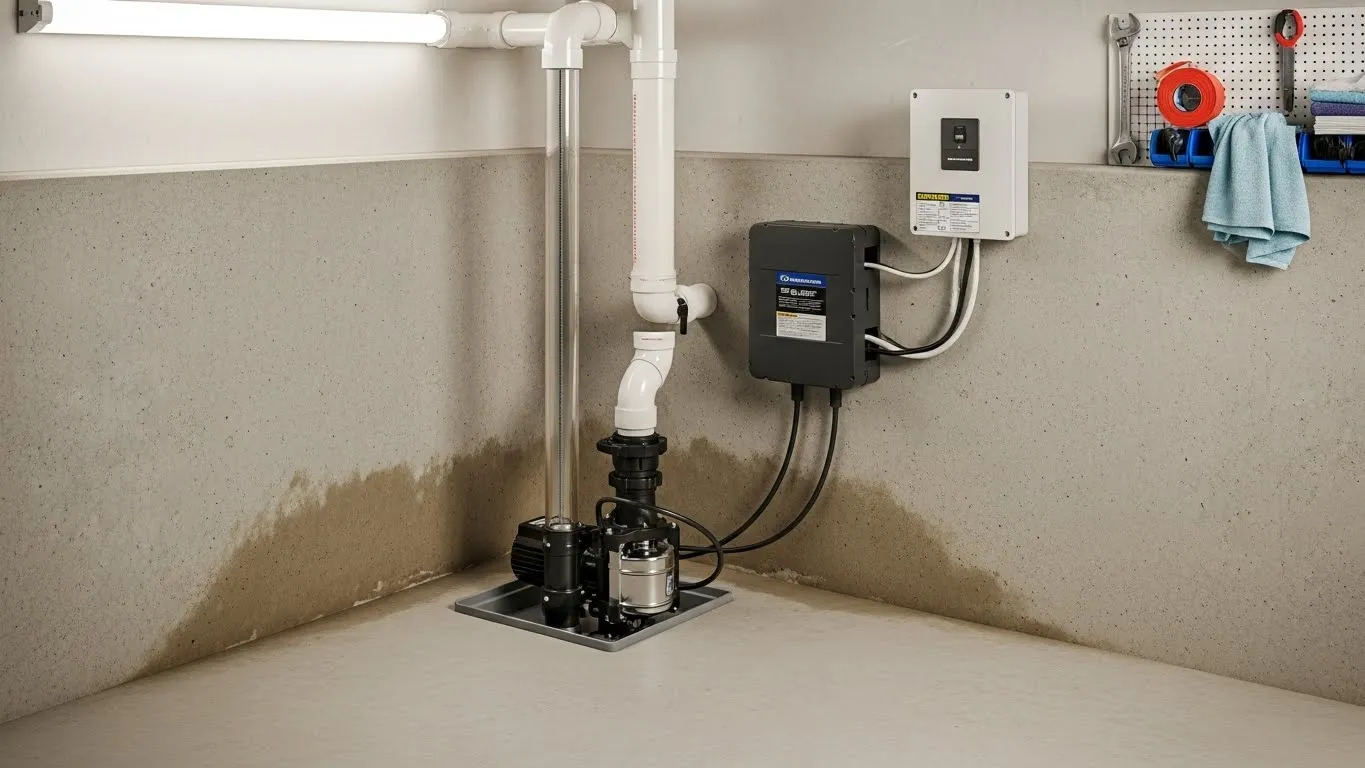
When to call a drainage pro
Engage a drainage contractor if you face persistent standing water, basement seepage, steep slopes needing retaining walls, or complex grading. Professionals evaluate soil types, design French drains and swales, obtain permits where required, and ensure solutions meet local codes.
Materials checklist & ballpark costs (very approximate)
- 4″ perforated drain pipe: $1–$3/ft (material)
- Washed gravel: $40–$80 / cubic yard
- Landscape fabric: $15–$50 / roll
- Downspout extenders / corrugated pipe: $30–$100
- Professional French drain / regrading: $1,000–$5,000+ (scope dependent)
Conclusion & next steps
Start with inspection and basic maintenance: clean gutters, extend downspouts, and repair surface low spots. For structural or persistent issues, invest in regrading, French drains, rain gardens, or permeable surfaces. Acting before the ground freezes protects foundations, preserves plants, and saves expensive spring repairs.
Written by Let Us Do It Landscaping (LUDI).
Need help with a drainage assessment or French drain installation? Contact us today!

